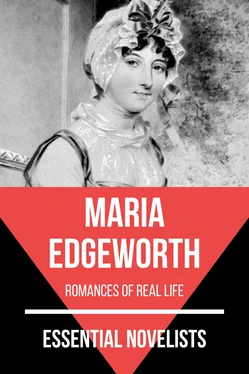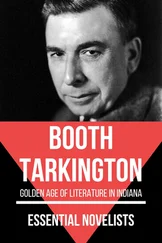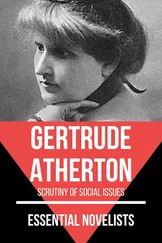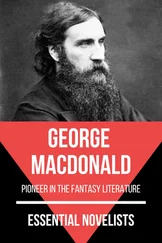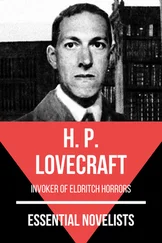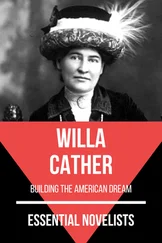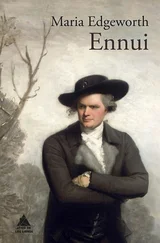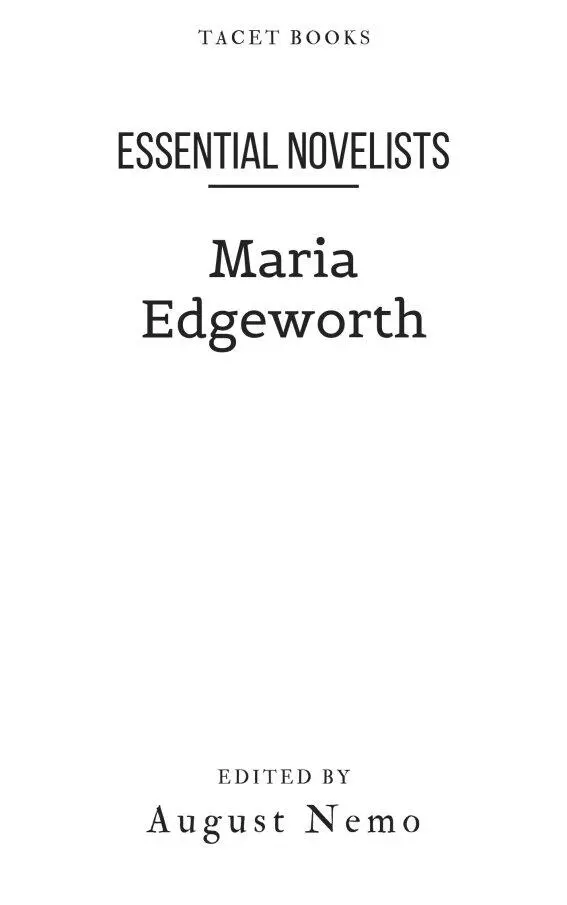
Title Page
Author
Belinda.
Leonora Конец ознакомительного фрагмента. Текст предоставлен ООО «ЛитРес». Прочитайте эту книгу целиком, купив полную легальную версию на ЛитРес. Безопасно оплатить книгу можно банковской картой Visa, MasterCard, Maestro, со счета мобильного телефона, с платежного терминала, в салоне МТС или Связной, через PayPal, WebMoney, Яндекс.Деньги, QIWI Кошелек, бонусными картами или другим удобным Вам способом.
About the Publisher Конец ознакомительного фрагмента. Текст предоставлен ООО «ЛитРес». Прочитайте эту книгу целиком, купив полную легальную версию на ЛитРес. Безопасно оплатить книгу можно банковской картой Visa, MasterCard, Maestro, со счета мобильного телефона, с платежного терминала, в салоне МТС или Связной, через PayPal, WebMoney, Яндекс.Деньги, QIWI Кошелек, бонусными картами или другим удобным Вам способом.

MARIA EDGEWORTH, (BORN Jan. 1, 1767, Blackbourton, Oxfordshire, Eng.—died May 22, 1849, Edgeworthstown, Ire.), Anglo-Irish writer, known for her children’s stories and for her novels of Irish life.
She lived in England until 1782, when the family went to Edgeworthstown, County Longford, in midwestern Ireland, where Maria, then 15 and the eldest daughter, assisted her father in managing his estate. In this way she acquired the knowledge of rural economy and of the Irish peasantry that was to be the backbone of her novels. Domestic life at Edgeworthstown was busy and happy. Encouraged by her father, Maria began her writing in the common sitting room, where the 21 other children in the family provided material and audience for her stories. She published them in 1796 as The Parent’s Assistant. Even the intrusive moralizing, attributed to her father’s editing, does not wholly suppress their vitality, and the children who appear in them, especially the impetuous Rosamond, are the first real children in English literature since Shakespeare.
Her first novel, Castle Rackrent (1800), written without her father’s interference, reveals her gift for social observation, character sketch, and authentic dialogue and is free from lengthy lecturing. It established the genre of the “regional novel,” and its influence was enormous; Sir Walter Scott acknowledged his debt to Edgeworth in writing Waverley. Her next work, Belinda (1801), a society novel unfortunately marred by her father’s insistence on a happy ending, was particularly admired by Jane Austen.
Edgeworth never married. She had a wide acquaintance in literary and scientific circles. Between 1809 and 1812 she published her Tales of Fashionable Life in six volumes. They include one of her best novels, The Absentee, which focused attention on a great contemporary abuse in Irish society: absentee English landowning.
Before her father’s death in 1817 she published three more novels, two of them, Patronage (1814) and Ormond (1817), of considerable power. After 1817 she wrote less. She completed her father’s Memoirs (1820) and devoted herself to the estate. She enjoyed a European reputation and exchanged cordial visits with Scott. Her last years were saddened by the Irish famine of 1846, during which she worked for the relief of stricken peasants.
The feminist movement of the 1960s led to the reprinting of her Moral Tales for Young People, 5 vol. (1801) and Letters for Literary Ladies (1795) in the 1970s. Her novels continued to be regularly reprinted in the 20th century.

––––––––

MRS. STANHOPE, A WELL-bred woman, accomplished in that branch of knowledge which is called the art of rising in the world, had, with but a small fortune, contrived to live in the highest company. She prided herself upon having established half a dozen nieces most happily, that is to say, upon having married them to men of fortunes far superior to their own. One niece still remained unmarried — Belinda Portman, of whom she was determined to get rid with all convenient expedition. Belinda was handsome, graceful, sprightly, and highly accomplished; her aunt had endeavoured to teach her that a young lady’s chief business is to please in society, that all her charms and accomplishments should be invariably subservient to one grand object — the establishing herself in the world:
“For this, hands, lips, and eyes were put to school,
And each instructed feature had its rule.”
Mrs. Stanhope did not find Belinda such a docile pupil as her other nieces, for she had been educated chiefly in the country; she had early been inspired with a taste for domestic pleasures; she was fond of reading, and disposed to conduct herself with prudence and integrity. Her character, however, was yet to be developed by circumstances.
Mrs. Stanhope lived at Bath, where she had opportunities of showing her niece off, as she thought, to advantage; but as her health began to decline, she could not go out with her as much as she wished. After manoeuvring with more than her usual art, she succeeded in fastening Belinda upon the fashionable Lady Delacour for the season. Her ladyship was so much pleased by Miss Portman’s accomplishments and vivacity, as to invite her to spend the winter with her in London. Soon after her arrival in town, Belinda received the following letter from her aunt Stanhope.
“Crescent, Bath.
“After searching every place I could think of, Anne found your bracelet in your dressing-table, amongst a heap of odd things, which you left behind you to be thrown away: I have sent it to you by a young gentleman, who came to Bath (unluckily) the very day you left me — Mr. Clarence Hervey — an acquaintance, and great admirer of my Lady Delacour. He is really an uncommonly pleasant young man, is highly connected, and has a fine independent fortune. Besides, he is a man of wit and gallantry, quite a connoisseur in female grace and beauty — just the man to bring a new face into fashion: so, my dear Belinda, I make it a point — look well when he is introduced to you, and remember, what I have so often told you, that nobody can look well without taking some pains to please.
Читать дальше
